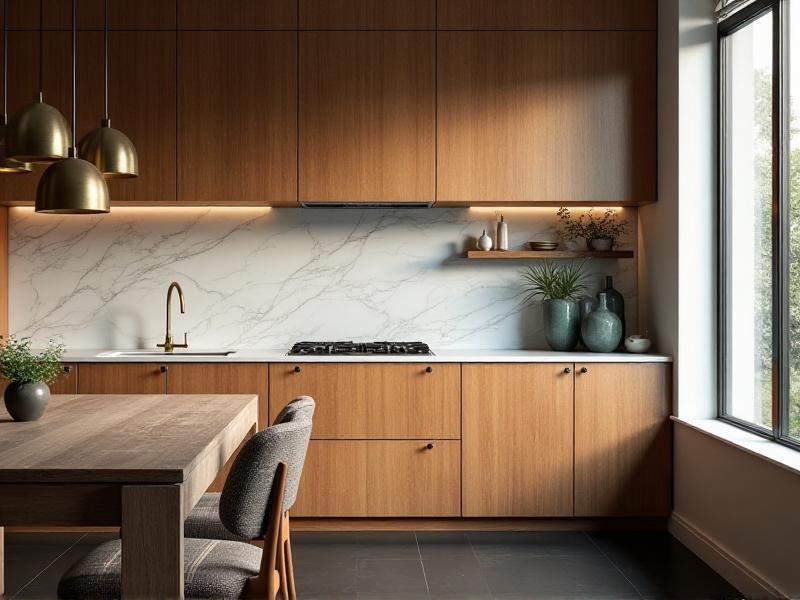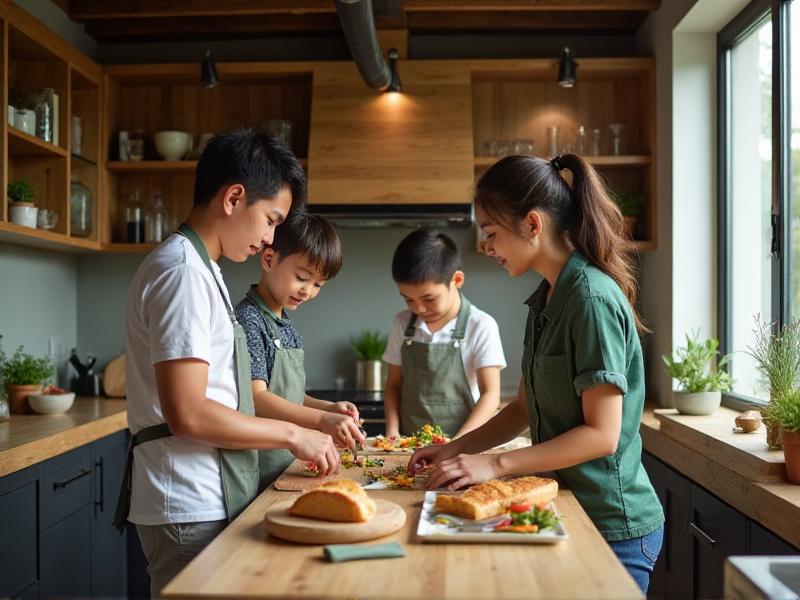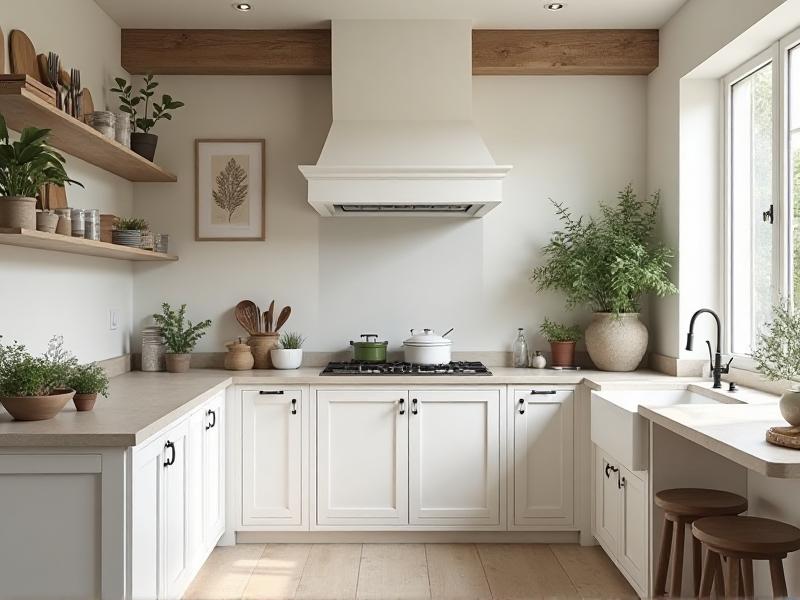Understanding the Importance of Color in Kitchen Design
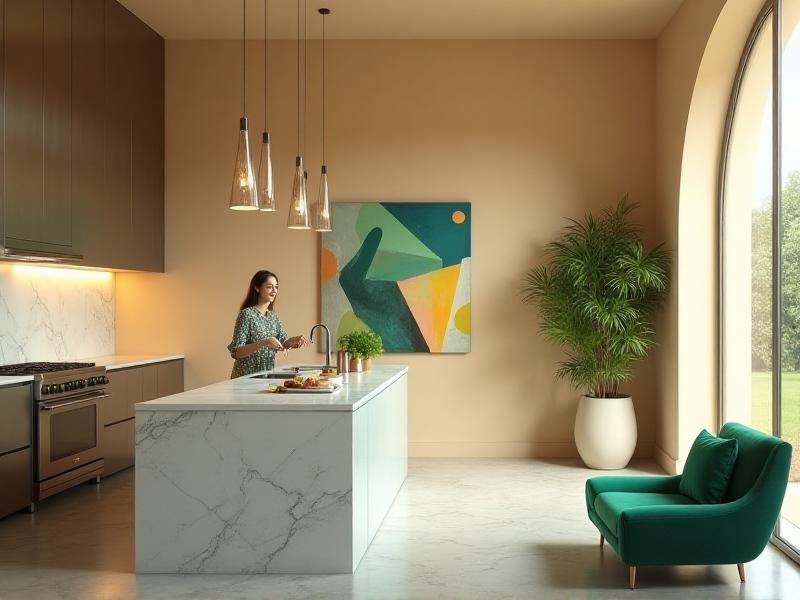
When embarking on a kitchen remodel, one of the most critical decisions you'll make is choosing the right color scheme. Colors have the power to influence mood, perception, and even appetite. A well-thought-out color palette can make your kitchen feel more spacious, inviting, and functional. On the other hand, poor color choices can make the space feel cramped, chaotic, or uninviting. Understanding the psychology of color and how it interacts with light and space is the first step toward creating a kitchen that not only looks great but also feels great to be in.
Assessing Your Kitchen's Natural Light
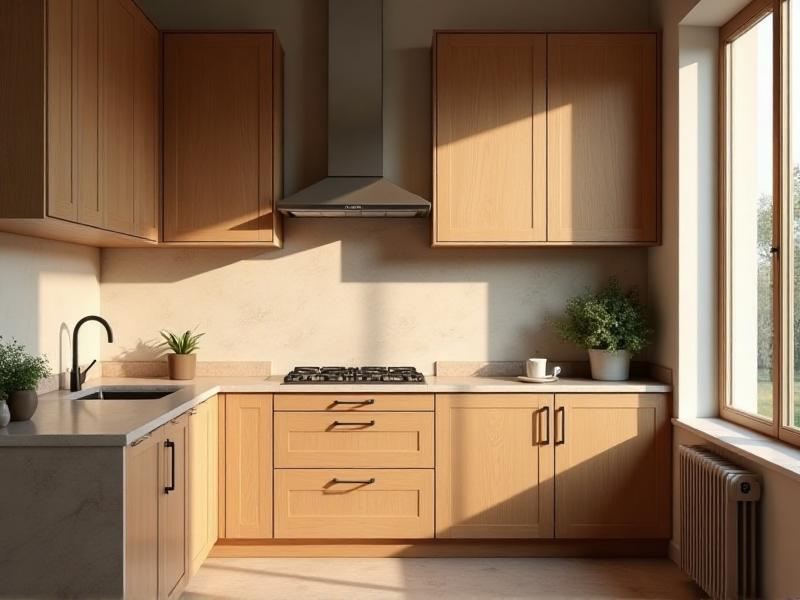
Natural light plays a significant role in how colors appear in your kitchen. A north-facing kitchen with limited sunlight may benefit from warmer tones to create a cozy atmosphere, while a south-facing kitchen with abundant light can handle cooler, bolder colors. Before finalizing your color scheme, spend some time observing how light changes throughout the day. This will help you choose colors that look good in all lighting conditions, ensuring your kitchen remains beautiful from morning to night.
Choosing a Color Palette That Complements Your Cabinets
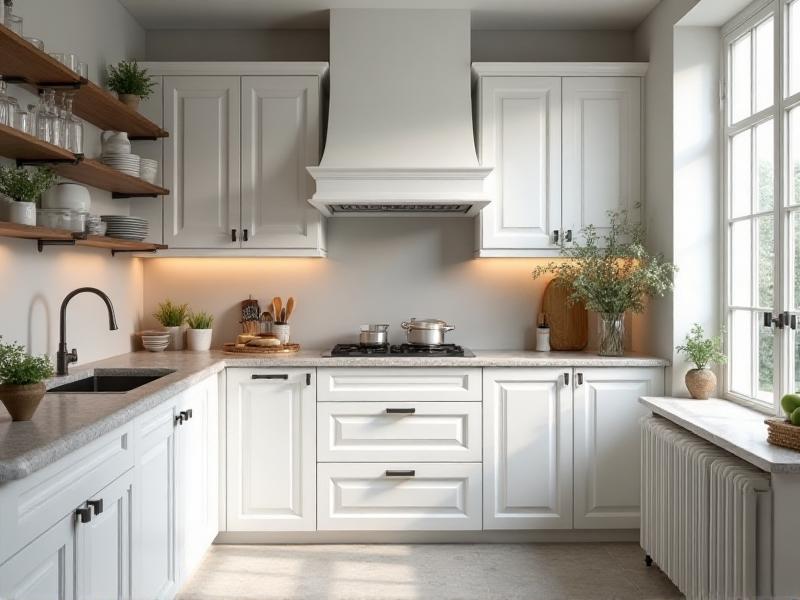
Your kitchen cabinets are one of the most prominent features in the room, and their color will heavily influence your overall color scheme. If you're keeping your existing cabinets, choose wall colors and countertops that complement their hue. For new cabinets, consider the style and material. White cabinets offer a clean, timeless look that pairs well with almost any color, while dark wood cabinets may require lighter, contrasting tones to prevent the space from feeling too heavy.
Incorporating Trends Without Sacrificing Timelessness
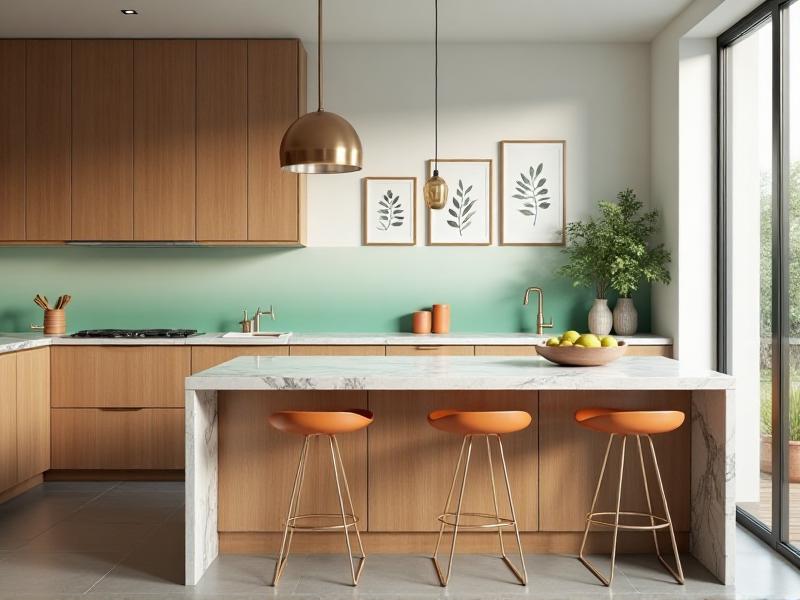
While it's tempting to jump on the latest color trends, it's essential to balance trendiness with timelessness. A kitchen remodel is a significant investment, and you want your choices to remain appealing for years to come. Consider incorporating trendy colors through easily changeable elements like backsplashes, accessories, or paint. This way, you can update your kitchen's look without a complete overhaul when trends change.
Using Color to Define Zones in an Open-Concept Kitchen
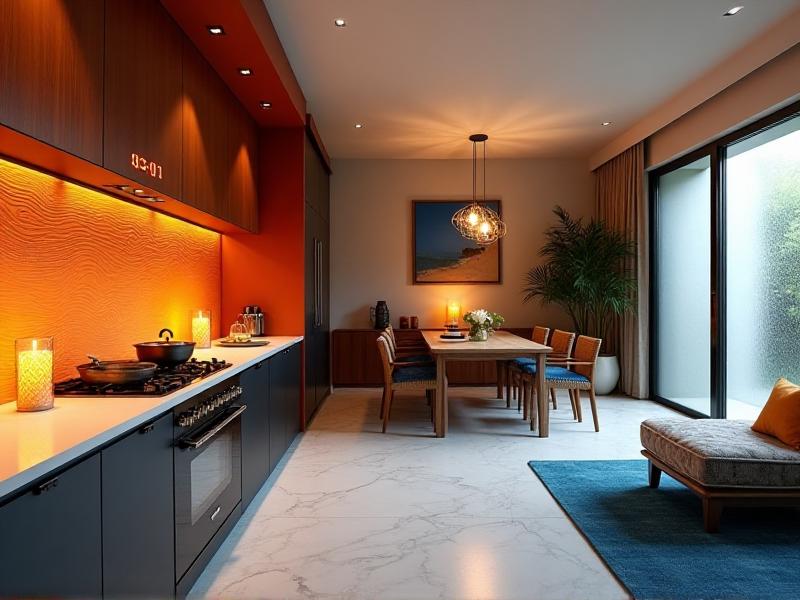
In open-concept kitchens, color can be a powerful tool for defining different zones. Use contrasting colors or shades to distinguish the cooking area from the dining or living space. For example, a bold accent wall behind the stove can visually separate the kitchen from the rest of the room. Alternatively, using a consistent color palette with varying intensities can create a cohesive yet distinct look for each area.
Balancing Bold and Neutral Tones
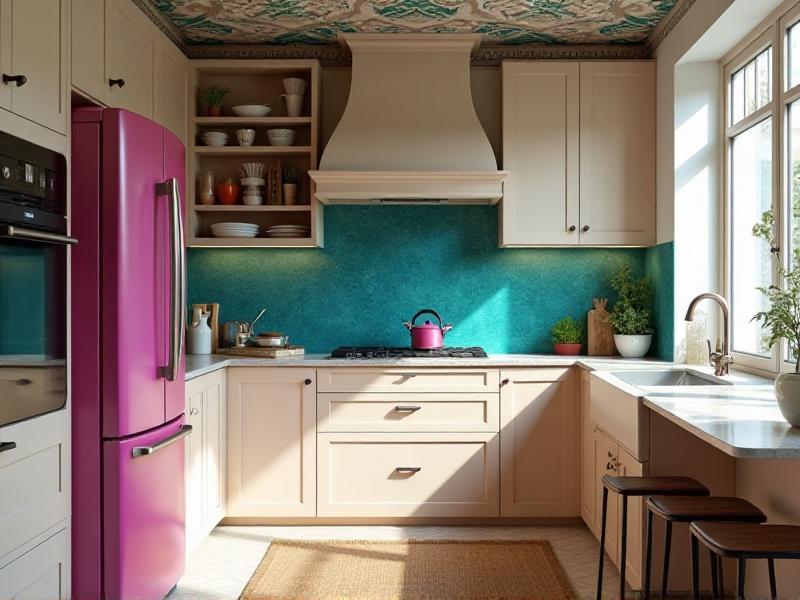
Striking the right balance between bold and neutral tones is key to creating a harmonious kitchen. Too many bold colors can overwhelm the space, while an over-reliance on neutrals may result in a bland, uninspiring design. A good rule of thumb is to use bold colors as accents—think vibrant backsplashes, colorful appliances, or statement lighting—while keeping larger surfaces like walls and cabinets in neutral shades. This approach allows you to add personality without sacrificing balance.
Considering the Impact of Flooring and Countertops
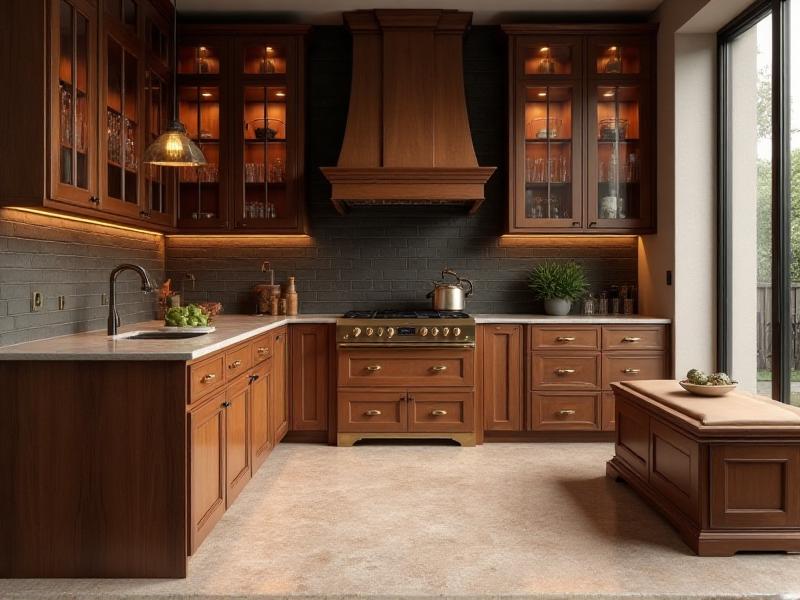
Flooring and countertops are significant elements in your kitchen's overall color scheme. The material and color of these surfaces can either complement or clash with your chosen palette. For instance, light-colored countertops can brighten a dark kitchen, while dark flooring can ground a room with lighter walls and cabinets. When selecting these elements, consider how they interact with your color scheme and the overall aesthetic you're aiming for.
Testing Colors Before Committing
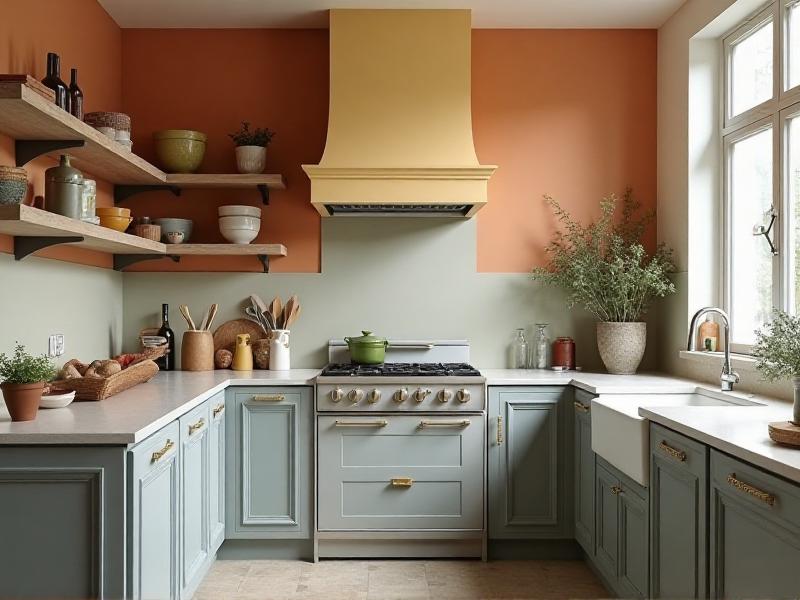
Before making any final decisions, it's crucial to test your chosen colors in the actual space. Paint samples on the walls and observe them at different times of the day. Place fabric swatches or material samples next to your cabinets and countertops to see how they interact. This step can save you from costly mistakes and ensure that your color scheme works harmoniously in your kitchen.
Key Takeaways
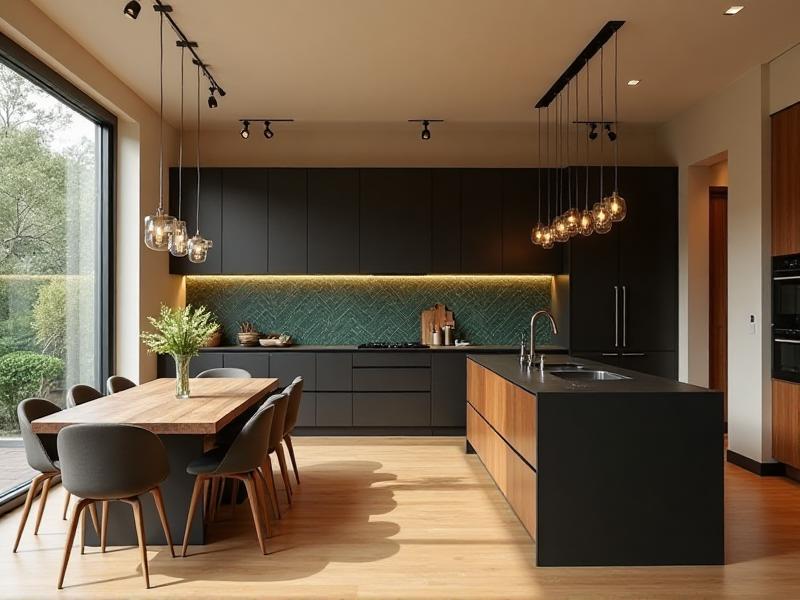
Choosing the perfect color scheme for your kitchen remodel involves careful consideration of various factors, including natural light, cabinet colors, and the balance between bold and neutral tones. By understanding the psychology of color and testing your choices in the actual space, you can create a kitchen that is both beautiful and functional. Remember to balance trends with timelessness and use color strategically to define zones in open-concept layouts.
Frequently Asked Questions
Q: How do I choose a color scheme that won't go out of style?
A: Opt for neutral tones for larger surfaces like walls and cabinets, and incorporate trendy colors through easily changeable elements like accessories or paint.
Q: Can I use bold colors in a small kitchen?
A: Yes, but use them sparingly as accents. Too many bold colors can make a small space feel overwhelming.
Q: How do I test colors before committing?
A: Paint samples on your walls and observe them at different times of the day. Use fabric swatches or material samples to see how they interact with your cabinets and countertops.
